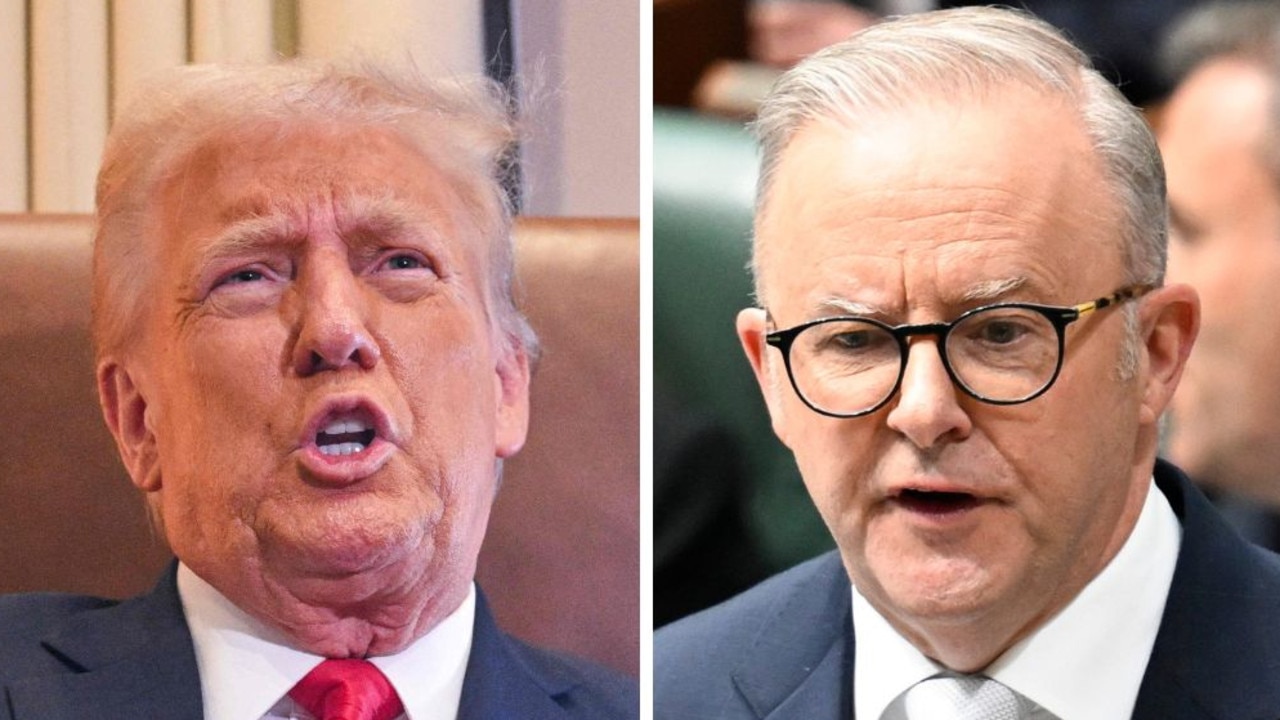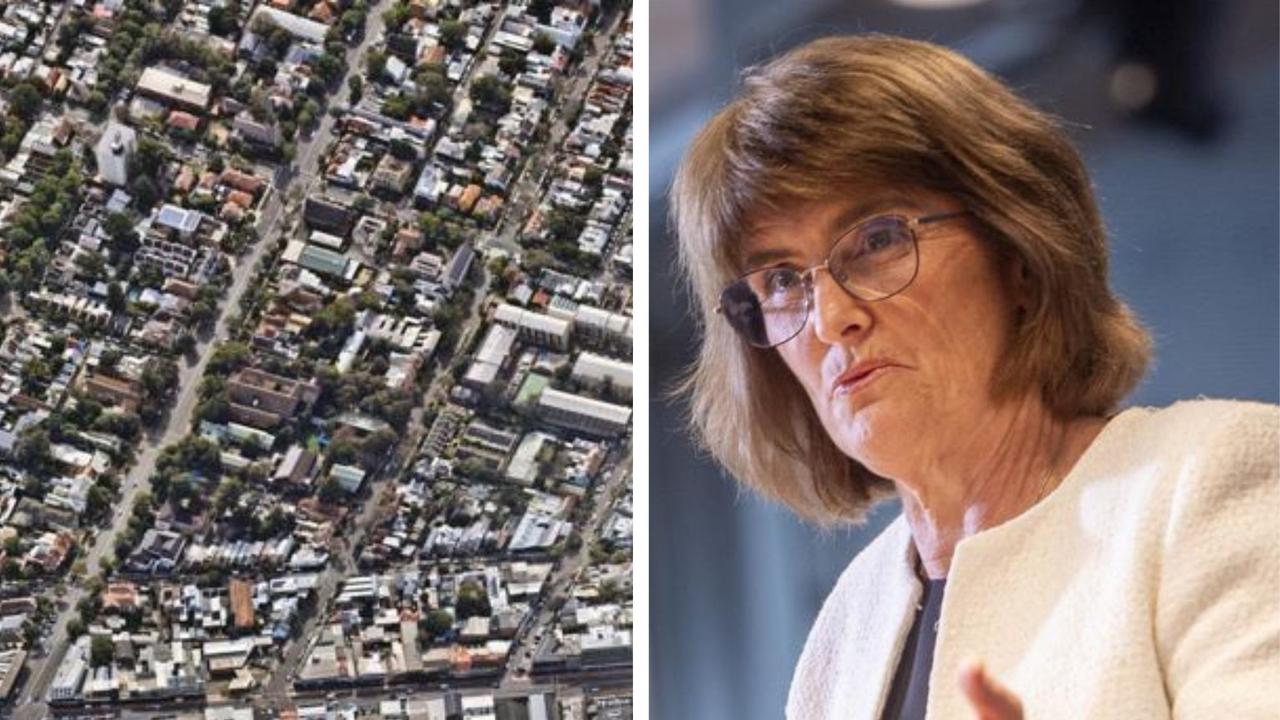Highly subsidised IVF clinics in Australia producing low success rates
These are some of the IVF clinics across Australia that have low success rates but are still highly subsidised by Medicare.
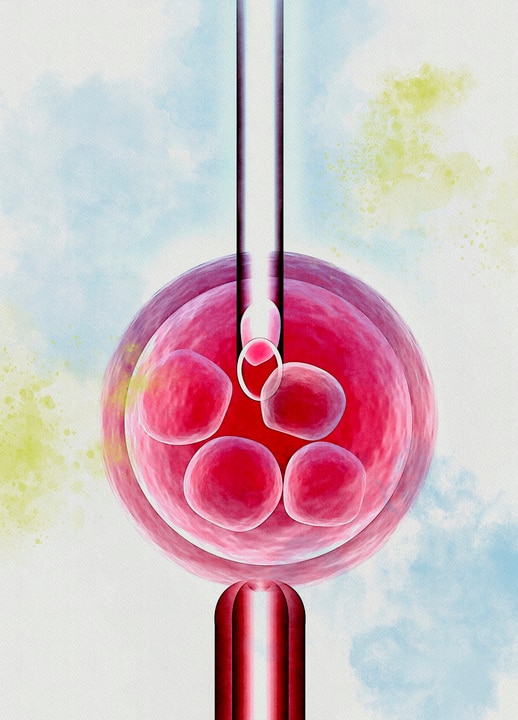
National
Don't miss out on the headlines from National. Followed categories will be added to My News.
Exclusive: A former senior government adviser has accused the IVF industry of trading on the hopes of women desperate for children after analysis of success rates found clinics with higher levels of taxpayer support had some of the lowest rates in the nation.
City Fertility Sydney, which has a success rate of 11.4 per cent for women aged 35-42, offers a bulk billed frozen embryo transfer while Connect IVF’s Sydney clinic, which has a success rate of 16.1 per cent, advertises bulk billed services.
The Fertility Centre in Queensland’s Springwood, which has a success rate 17.9 per cent for women aged 35-42 and 31.8 per cent for those under the age of 35, also offers bulk billed services.
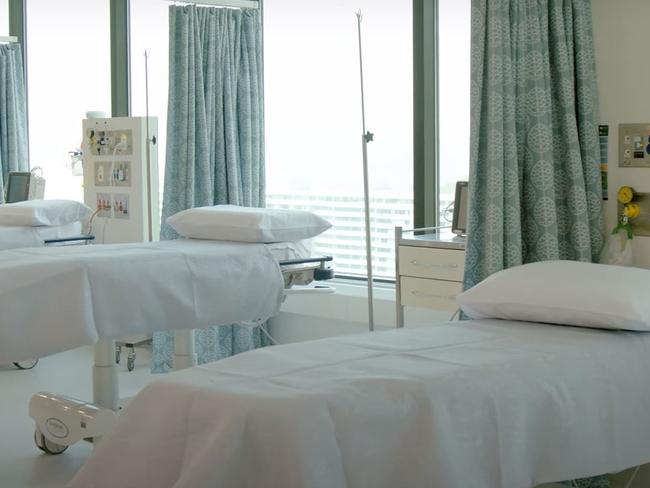
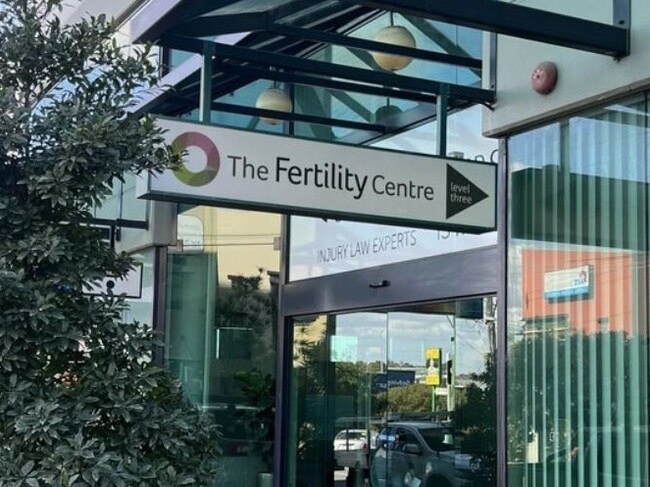
The success rates are derived from data published on the federal government’s Your IVF Success website.
Policy expert Terry Barnes, a former senior health adviser to the Howard Government, said IVF success rates have improved over time due to the fact people “who want to start a family or have another child are prepared to do almost anything to get it.”
“The IVF industry trades on hope,” Mr Barnes said. “Their business plan is not based on successful births, it’s based on the number of attempts people make.”
Mr Barnes said he understood the desire to have children but said undergoing IVF was a personal choice instead of a clinical need.
Life Fertility Clinic Sydney medical director Michael Chapman, also a UNSW professor, said a degree of scepticism should be applied to the data as there were a lot of variables with each patient such as age and weight.
Prof Chapman said fertility services in Australia were of a high standard and fairly priced compared to other countries, with one cycle costing $5000-$6000.
“Every child that is born through IVF repays the cost to society through the Medicare provided,” he said.
“[IVF children] pay that off within the first years of employment.
“The Australian taxpayer gets back its money very quickly and particularly at a time when fertility rates are declining, any extra children we can achieve through IVF is good for the economy long-term.”
The national average success rate for those under 35 was 48.1 per cent and for those 35 to 42 it was 25.7 per cent, according to the Your IVF Success website.
Australian Taxpayers’ Alliance chief economist Dr John Humphreys said declining fertility rates were one of the “biggest issues facing the world” but any responsible government should be reviewing spending wherever they could.
“The government is right to worry about our collapsing fertility rate, but there is little evidence that falling fertility can be fixed by throwing money at the problem,” he said.
“Fertility rates tend to decrease as people get richer, which suggests that lack of money isn’t the main cause. The underlying issue is cultural, and so the solution will have to be cultural.”
Monash University senior research fellow Dr Karin Hammarberg said the lower cost clinics tended to accept simpler cases with a higher likelihood of success.
“The higher fee clinics deal with more complex cases while the bulk bill clinics are usually quite straightforward,” she said.
Dr Hammarberg said the government subsidised about half the cost of undergoing IVF as well as fertility drugs but the cost could still be prohibitive to some women.
“Australia rates very well, we have a well subsidised system,” she said.
“But even with the government subsidy it’s quite a lot of money to pay and it is beyond the reach of some people for sure.”



